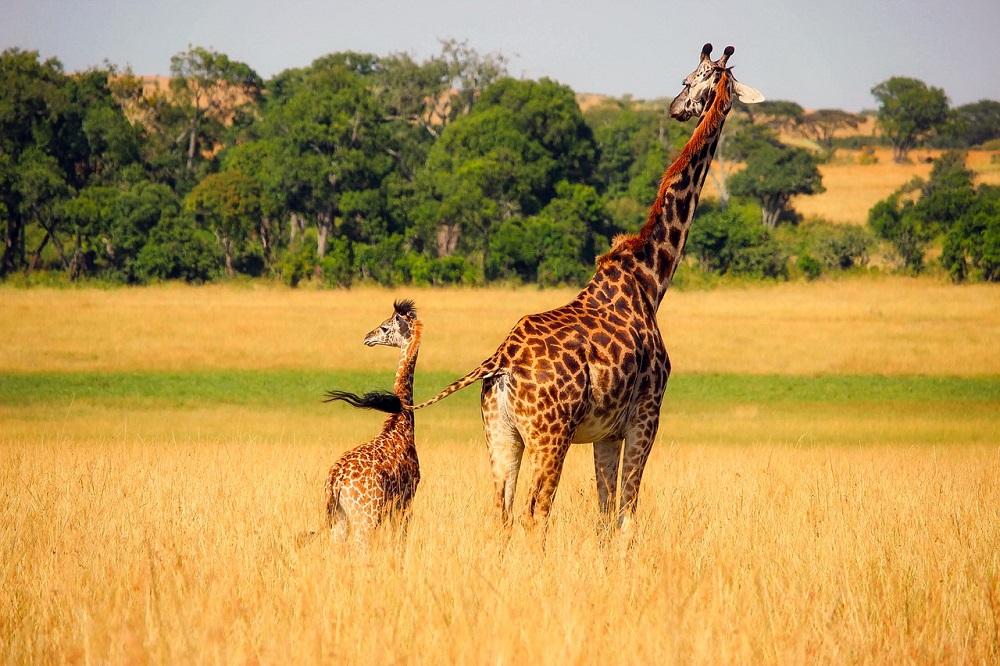For many travelers, an African safari is the ultimate “bucket list” destination, and it’s no wonder: most nature-lovers wouldn’t pass up a trip that balances a healthy dose of exotic adventure and once-in-a-lifetime glimpses of extraordinary wildlife in a relaxed, retreat-type setting. Indeed, adventurers of all ages dream of a wildlife expedition in the iconic grasslands of Africa, but making this dream a reality can come at an extremely high price of $1000 and upwards per person each night. Many locations are also remote and challenging to get to, which means flights can add to the high cost of safari packages. But it’s possible to get to Africa and have a fantastic safari dream vacation for far less than what it usually costs—here’s how:
Be prepared for a little rain.
First things first: in order to get deals on travel you have to know when is the best time to travel to your desired destination. Research your favorite type and location of safari to get a clear picture of when peak season is for each destination, and then plan your trip during the shoulder or off-season times. In Africa, Botswana, Kenya and South Africa all have different rainy seasons that are less popular and less expensive for safari tourism, but still offer the same chances for wildlife viewing. If you go to Botswana during December, for instance, you can save as much as half the cost on packaged safaris. So when it comes to safaris, don’t be afraid of a little rain! Cheap and inexpensive accommodations will just be one of the many pleasant pluses you’ll discover when traveling through Africa through the green season.
Choose one brand to get promotions.
Brands like Andbeyond, Asilia Africa, Nomad Tanzania and Wilderness Safaris offer different lodging options but are owned by the same people. If you’re planning on exploring different camps, try to stay at accommodations owned by the same company and you may get breaks like free nights, discount flight transfers or specialty add-ons like hot air balloon rides. In addition, try to also get all of your upfront cost quotes in South African rand instead of USD so as to avoid misleading currency rate fluctuations.

